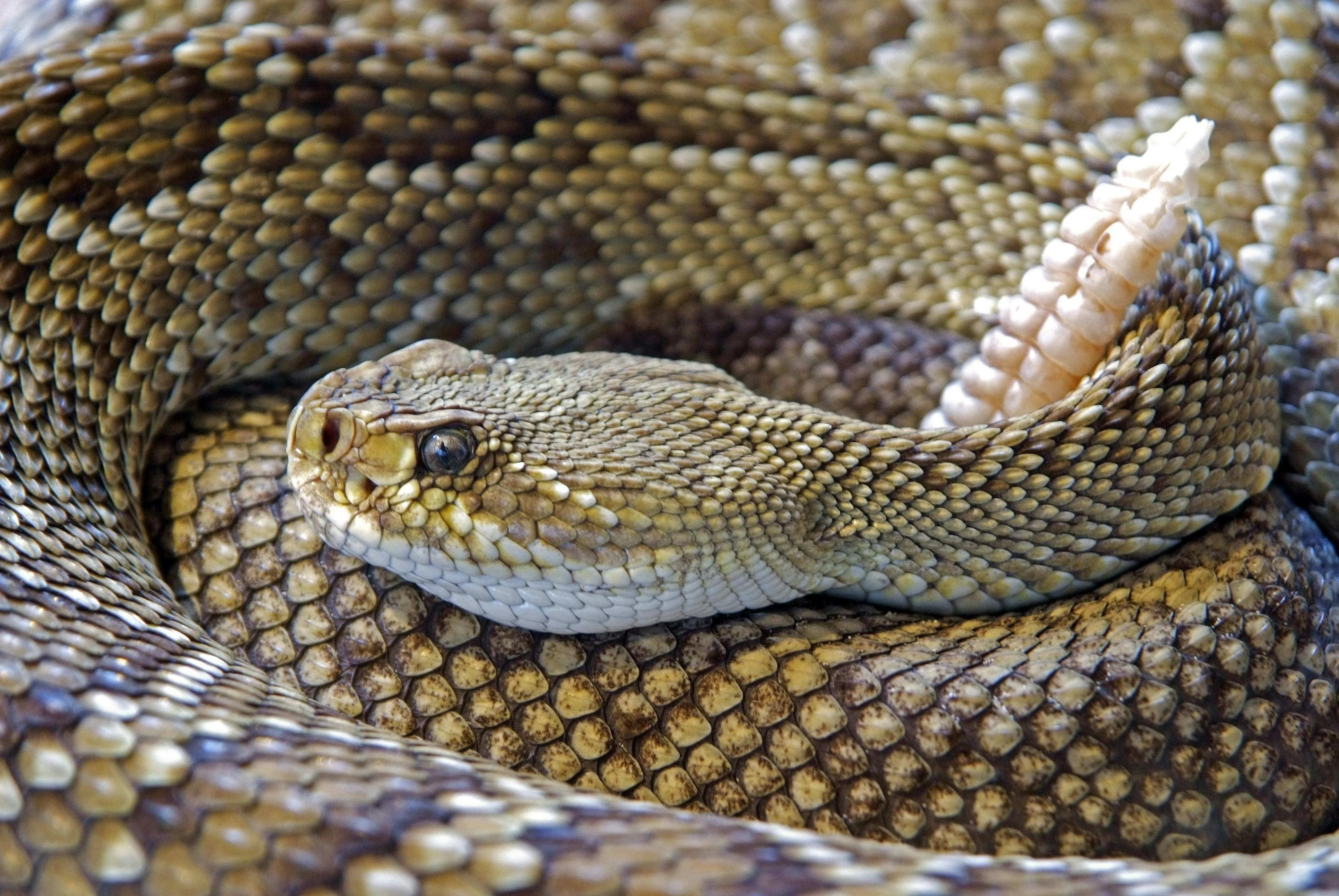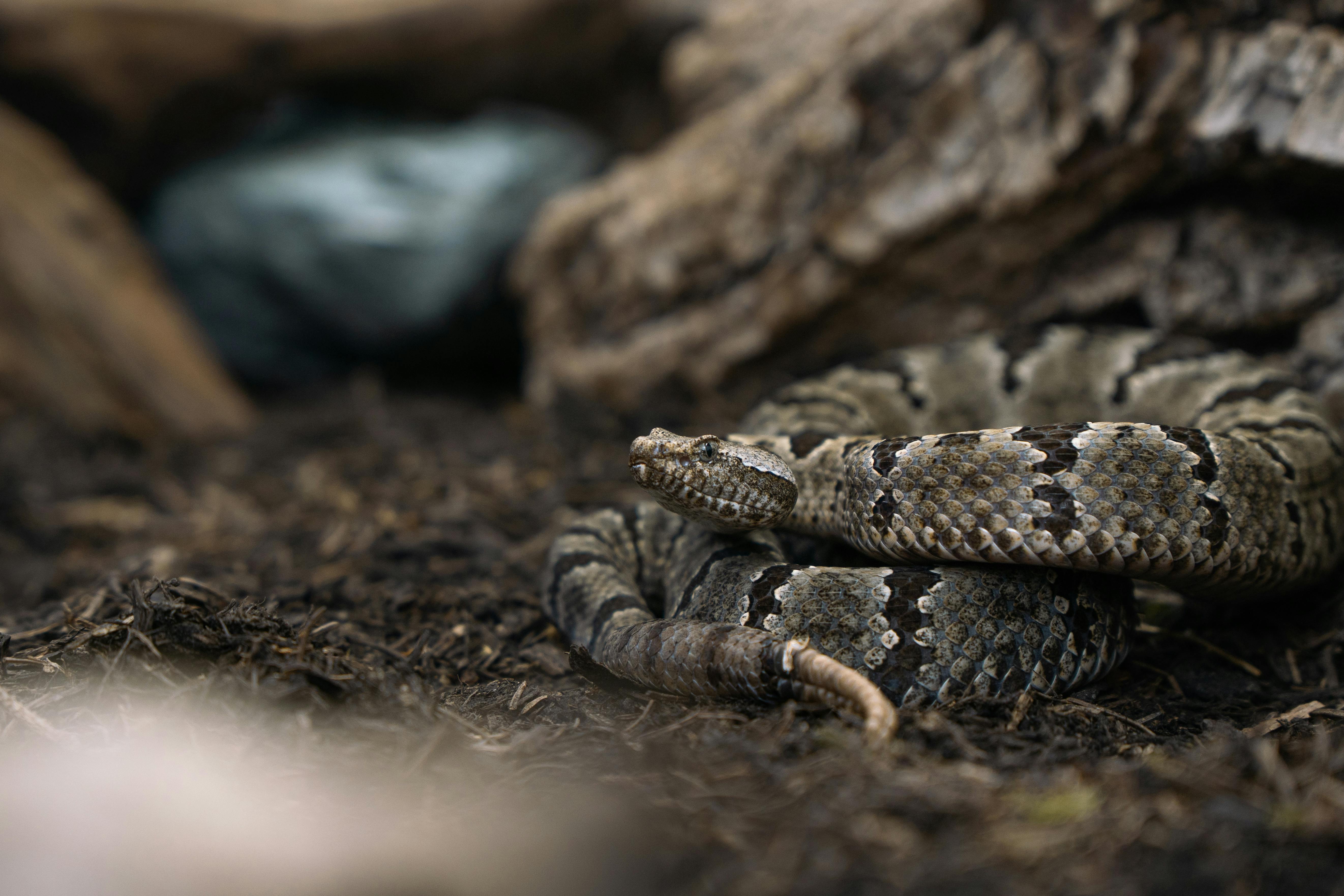The natural world is filled with creatures that have evolved remarkable methods of communication. Among these, one particular species stands out for its unique approach to sending messages: the Crotalus genus, commonly known as rattlesnakes. Unlike many other animals that rely primarily on visual, auditory, or chemical signals, rattlesnakes have developed a fascinating specialized structure that allows them to communicate through distinctive vibrations. This specialized adaptation serves as both a warning system and a territorial declaration, allowing these reptiles to survive in challenging environments. Their vibration-based communication has fascinated scientists, scared predators, and warned countless hikers of potential danger, making rattlesnakes one of nature’s most intriguing communicators.
The Evolution of Rattlesnake Communication

Rattlesnakes belong to the pit viper family, and their signature communication tool—the rattle—represents one of the most specialized adaptations in the reptile world. The rattle evolved gradually over millions of years, beginning as a simple hardened tip at the end of the tail. Fossil evidence suggests that ancestral rattlesnakes initially had just a slightly keratinized tail tip, which likely made minimal sound when vibrated against objects or ground surfaces. Over evolutionary time, this structure developed into a more complex series of interlocking segments that create the distinctive buzzing sound we recognize today. This evolution represents a perfect example of natural selection favoring a trait that effectively deters predators while simultaneously reducing costly defensive strikes against non-prey animals.
The Anatomy of the Rattle

The rattlesnake’s communication device consists of a series of interlocking hollow segments made of keratin—the same protein found in human fingernails and hair. Each segment fits loosely into the next, creating a chain of hollow beads that vibrate against each other when the snake rapidly contracts specialized muscles in its tail. Contrary to popular belief, the number of segments doesn’t reliably indicate the snake’s age, as rattlesnakes typically add one to three new segments each year, depending on how often they shed their skin. The rattle grows throughout the snake’s life, though segments frequently break off at the end. When viewed under magnification, each segment reveals an intricate structure specifically designed to maximize sound production while remaining lightweight and durable.
The Physics of Vibration Communication

The rattlesnake’s communication method operates on fascinating principles of acoustics and vibration. When threatened, the snake contracts dedicated tail muscles at an astonishing rate of 50-90 Hz (vibrations per second), causing the keratin segments to rapidly strike against one another. This rapid oscillation creates a distinctive buzzing sound that can be heard from substantial distances—up to 20-30 feet away in optimal conditions. The sound produced falls within a frequency range that many predators have evolved to recognize instinctively as a warning signal. Interestingly, the physics of the rattle evolved to create a sound that carries effectively across different terrains, from desert environments to woodland areas, allowing these snakes to communicate effectively across their diverse habitats.
Vibration as a Warning Signal

The primary function of the rattlesnake’s vibration communication is to serve as an unmistakable warning to potential threats. Unlike many venomous snakes that strike without warning, rattlesnakes generally prefer to avoid confrontation, using their distinctive sound as a first line of defense. This warning behavior benefits both the snake and its potential predator—the snake avoids the energy expenditure and risk of striking, while the potential threat receives clear notification to retreat. Research has shown that rattlesnakes typically don’t rattle when hunting prey, reserving this energy-intensive communication exclusively for defensive situations. The warning system is so effective that several non-venomous snake species have evolved to mimic the rattling sound by rapidly vibrating their tails against leaves or other materials, demonstrating the evolutionary advantage of this communication method.
Environmental Factors Affecting Vibration Communication

The effectiveness of the rattlesnake’s vibration communication varies significantly based on environmental conditions. In dense vegetation, the sound may be dampened considerably, while in rocky terrain, the vibrations can actually be amplified. Temperature also plays a crucial role in this communication system, as rattlesnakes are ectothermic (cold-blooded) and their muscle contractions slow dramatically in cooler conditions. During cold mornings or seasons, a rattlesnake may be physically unable to produce its warning vibrations efficiently, making encounters potentially more dangerous. Humidity levels affect sound transmission as well, with drier air carrying the rattle sound further than humid conditions. These environmental variables have led to subtle adaptations in rattling behavior across different rattlesnake species occupying diverse habitats.
Regional Variations in Rattlesnake Communication

Fascinating differences exist in the vibration communication patterns among rattlesnake species across different geographic regions. Timber rattlesnakes in the eastern United States typically produce a slower, deeper rattle compared to the higher-pitched, more rapid vibrations of western diamondbacks. The Mojave rattlesnake’s communication pattern changes notably based on the specific threat it perceives, producing different vibration tempos for large mammals versus birds of prey. Island-dwelling rattlesnake populations, such as those found on certain islands off the coast of Mexico, have evolved less robust rattling behaviors due to fewer natural predators. These regional variations demonstrate how localized evolutionary pressures have fine-tuned this communication system to match specific ecological conditions and predator communities.
Silent Evolution: Rattlesnakes That Don’t Rattle

A concerning phenomenon has emerged in certain rattlesnake populations—the evolution of individuals that rarely use their rattles or possess underdeveloped rattling structures. Research in South Dakota, Arizona, and parts of Texas has documented increasing numbers of “silent” rattlesnakes that strike without the traditional warning vibration. Scientists hypothesize that this behavioral shift may result from selective pressure, as rattlesnakes that announce their presence often become targets for humans who kill them on sight. In areas with high human population density or frequent human-snake encounters, natural selection may now favor snakes that remain silent. This evolutionary response demonstrates the remarkable adaptability of these reptiles and highlights the complex relationship between human activity and wildlife communication strategies.
Beyond Warning: Social Communication Through Vibration

While the defensive warning function of rattlesnake vibrations is well-documented, emerging research suggests these reptiles may also use vibrations for more complex social communications. During mating season, male rattlesnakes sometimes produce subtle, less intense vibrations when approaching females, possibly serving as a non-threatening identification signal. Rattlesnakes that congregate in communal dens for winter hibernation have been observed producing distinct vibration patterns during the aggregation and dispersal periods. Laboratory studies have detected variations in vibration frequency and pattern that appear contextual rather than merely defensive. These observations hint at a more sophisticated communication system than previously recognized, suggesting that rattlesnake vibration communication may serve multiple functions beyond simple predator deterrence.
Human Perception and Response to Rattlesnake Communication

The rattlesnake’s vibration communication triggers a profound neurological and psychological response in humans. The distinctive sound activates the amygdala—the brain’s threat-processing center—triggering an immediate fight-or-flight response even in people who have never encountered a rattlesnake before. Cultural representations in literature, film, and folklore have amplified this response, making the rattle sound one of the most recognizable and fear-inducing animal communications for humans worldwide. Interestingly, experienced field researchers and snake handlers report developing a more nuanced ability to distinguish between different rattling patterns, allowing them to assess the snake’s level of agitation or defensive posture. For safety professionals working in rattlesnake territory, understanding this communication system has proven invaluable for preventing dangerous encounters.
Sensing Vibrations: How Rattlesnakes Perceive Their Signal

Rattlesnakes possess specialized sensory adaptations that allow them to perceive vibrations—both their own and those in their environment. Unlike mammals, snakes lack external ears but have highly developed internal structures that detect vibrations through their jawbones and skull. These structures connect to the inner ear, allowing rattlesnakes to sense ground vibrations and potentially monitor their own rattling output. The snake’s scale-covered body also functions as a sensitive vibration detection system, with mechanoreceptors embedded throughout the skin. Recent research using specialized imaging techniques has revealed that rattlesnakes appear to modulate their rattling intensity based on feedback received through these sensory systems, suggesting a sophisticated level of control over their communication output.
Technological Applications Inspired by Rattlesnake Communication

The efficiency and effectiveness of the rattlesnake’s vibration communication system have inspired several technological innovations. Engineers studying biomimicry have developed vibration-based warning systems for heavy machinery that mimic the rattlesnake’s distinctive frequency patterns, which human hearing is particularly attuned to notice. Search and rescue technologies now incorporate vibration-producing devices based on rattlesnake principles to signal location in situations where visual or standard audio communication is compromised. Medical device designers have studied the rattlesnake’s specialized tail muscles to develop more efficient micro-vibration components for certain implantable devices. These applications demonstrate how natural communication systems that evolved over millions of years continue to provide valuable models for human technological innovation.
Conservation Implications for Vibration-Communicating Snakes

The unique vibration communication system of rattlesnakes presents both challenges and opportunities for conservation efforts. On one hand, their distinctive warning sound often leads to targeted persecution, as humans frequently kill rattlesnakes upon detecting their presence. Conversely, education programs that highlight the sophisticated communication system and its primarily defensive purpose have helped reduce needless killing of these important predators. Conservation biologists now incorporate knowledge about rattlesnake communication patterns when designing wildlife corridors and protected areas, ensuring that habitat configurations allow effective vibration transmission. The evolutionary shift toward reduced rattling behavior in some populations represents a concerning adaptation to human presence, potentially making human-snake conflicts more dangerous and complicating conservation efforts for these ecologically important predators.
The rattlesnake’s vibration-based communication system represents one of nature’s most remarkable adaptations—a perfect fusion of specialized anatomy, defensive strategy, and acoustic engineering. From the subtle complexity of the rattle’s structure to the evolutionary pressures shaping regional variations in communication patterns, these snakes demonstrate the incredible diversity of solutions that evolution has produced for the universal challenge of sending messages. As we continue to study these fascinating reptiles, we’re likely to discover even more nuances in their communication system, further enhancing our appreciation for the sophisticated ways animals have evolved to navigate their environments. The rattlesnake stands as a powerful reminder that effective communication in nature often takes unexpected forms, with solutions as diverse as the challenges they address.





